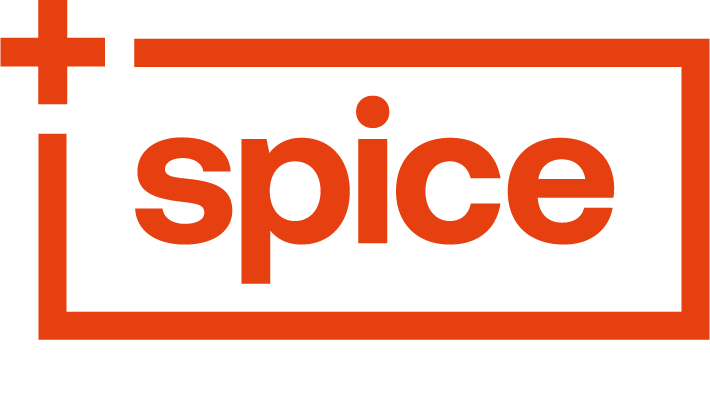
Do you duck for cover when you hear the words Health and Safety?
Yep, we know many organisations don’t enjoy this necessary aspect of running a business!
We get it. There seems to be a lot of regulations and boxes to tick and it can feel overwhelming. The thing is though, the safety and wellbeing of your people is not a choice – it’s a must.
The key ingredients involve compliance, accountability and a strong workplace culture. So, let’s explore how you can add them all together for a safe and successful workplace!
The Legalities
Every New Zealand business is bound by the Health and Safety at Work Act 2015. Put simply, it’s New Zealand’s workplace health and safety legislation. It requires employers to have a working Health and Safety Management system that allows them to keep their workplaces safe – by identifying risks, managing hazards, and actively involving their people to provide a safe work environment.
Whilst ignoring safety protocols can put everyone who comes near your business at risk, it’s also against the law! Worksafe New Zealand actively monitors compliance with the Act, and they can and do conduct proactive audits on workplaces to check for compliance.
The big question is: would your business be ready?
If you are a little murky on where you stand or the answer is a flat out no, then it’s time to do something about it and get your Health and Safety sorted!
Can You Prove It?
You can say that you are prioritising Health and Safety at your place, and you can even walk the walk. But, unless you can prove it with well-documented policies and records, how are you going to prove it?
Many businesses are actually really good at the practicalities of keeping their people safe, but unfortunately when it comes to record keeping, this is where they fall down. As you can imagine, this can lead to big problems if WorkSafe comes knocking! That’s why a well-documented Health and Safety Management System is your best defence. It shows you are serious about keeping your people safe and details how you do this on a daily basis.
If you aren’t sure what documentation you need, then it’s time to have a chat with a Health and Safety expert. The team here at Spice can guide and support you with the implementation of the correct documentation, systems and policies, as well as getting those processes fully embedded in your workplace so it becomes natural – it’s just ‘how we do things round here’!
How Often Do You Talk Safety?
Safety is not a tickbox to check off once. It should be an ongoing focus including conversations with key people in your organisation. Regular toolbox talks or Health and Safety meetings are a great way to keep your team informed, engaged and aware of the risks that surround them, as well as a way to gain their input and feedback on what’s happening on the shop floor.
So, how often should you be having these talks?
There is no definitive answer across the board. Some industries will require daily Toolbox meetings, others with lower risk can get by incorporating it in the team monthly meeting. Decide on a frequency that suits your risk level. Then make sure your meetings happen consistently, the information talked about remains relevant and of course, is well documented.
Annual Reviews
When you have a consistent focus on safety, with regular discussions happening with your teams, it allows you to continuously assess best approach to managing your risks. However, it’s really important that these continuous improvements are also documented and updated into your Management System, as that’s your evidence of your commitment to keeping people safe!
An annual review of your systems is essential to keep on top of any changes. When you conduct a formal review, you have the opportunity to reassess all risks, update your procedures as necessary and ensure your policies remain current and effective. The set-and-forget approach is not effective for protecting your people – proactive businesses keep their focus solely aligned on safety by undertaking annual reviews.
Strong Safety Culture = Strong Business
In previous blogs we’ve talked about how important workplace culture is. This is not solely about creating a pleasant working environment for your people – it should also extend to how seriously your people take Health and Safety.
As long as everyone understands that Health and Safety is seen as a priority for your business, then your workplace will remain safe and harmonious. However, if safety practices are being ignored or your team sees compliance as just another box to tick, then your culture may well need some work.
A strong safety culture fosters trust, accountability, and a sense of responsibility among your team members. This is where the real success in safety rests!
World Day for Safety and Health at Work
Mark your calendars! World Day for Safety and Health at Work is coming up on 28th April. Every year on this important day, the world turns its attention to workplace Health and Safety.
Whilst Health and Safety should be a daily focus area, this specific day in the calendar is a timely reminder that keeping people safe at work is not negotiable!
Time To Act
Are you feeling underprepared, overwhelmed or simply unsure about how to get the correct Health and Safety procedures in place? Don’t worry – we’re here to help!
Spice offers tailored solutions to implement, document and improve your Health and Safety Management System, making compliance easy and stress-free. We will also spend time ensuring you and your team understand your Health and Safety Management System, and helping you embed it into your daily activities, making Health and Safety part of your business DNA.
Don’t wait until WorkSafe comes knocking! Let’s get your business Health and Safety-ready today! Contact Spice now to turn workplace safety from a chore into a culture.


